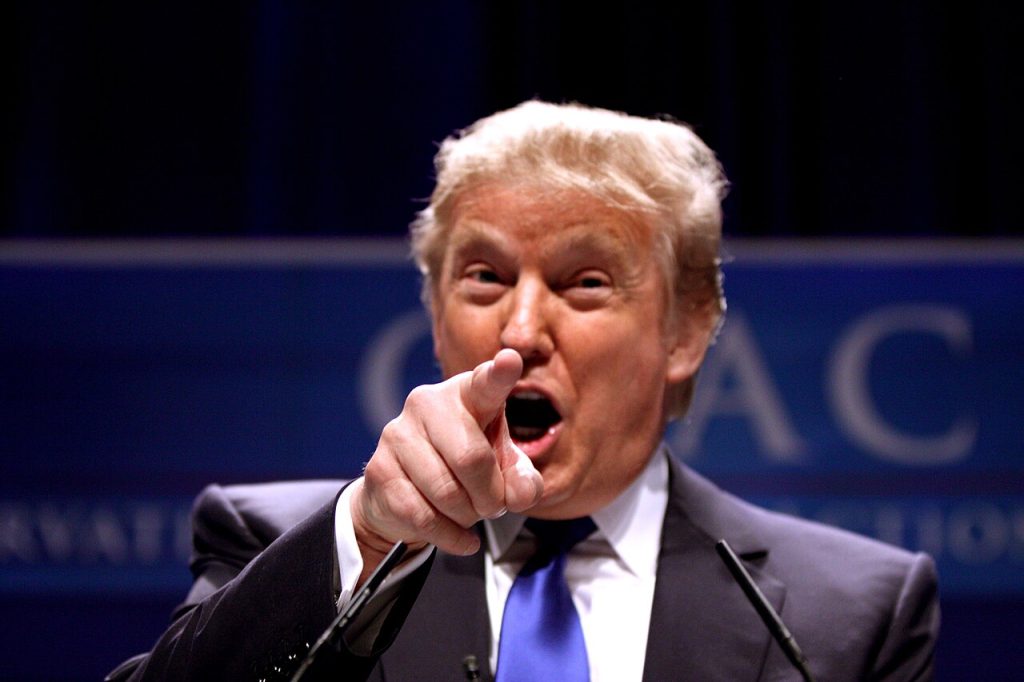This tactic known as “origin laundering” involves altering shipping documents and repackaging goods.
Others are reading now
This tactic known as “origin laundering” involves altering shipping documents and repackaging goods.

China has found a crafty way to sidestep President Donald Trump’s steep new tariffs.
After Washington slapped a 145% tariff on Chinese imports, exporters in China have resorted to a covert workaround: rerouting goods through third countries to mask their origin and dodge U.S. duties.
“Liberation Day” and Its Lingering Effect
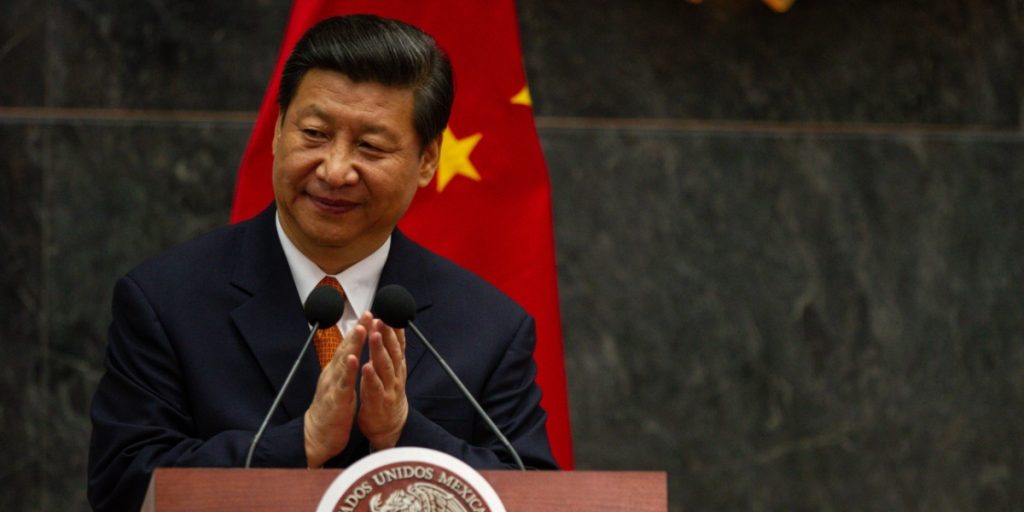
April 2, 2025, dubbed “Liberation Day” by Trump, marked a sweeping trade order targeting imports from 180 countries.
Also read
Though he later walked back some measures, China remained the primary target.
The result was a spike in creative trade avoidance schemes, particularly among smaller exporters desperate to retain U.S. market access.
The Rise of “Origin Laundering”

Chinese goods are increasingly being shipped through countries like Malaysia and South Korea before heading to the United States.
This tactic known as “origin laundering” involves altering shipping documents and repackaging goods to appear as though they were produced in the transit country, effectively dodging tariffs.
A Hotbed for Smuggling Services
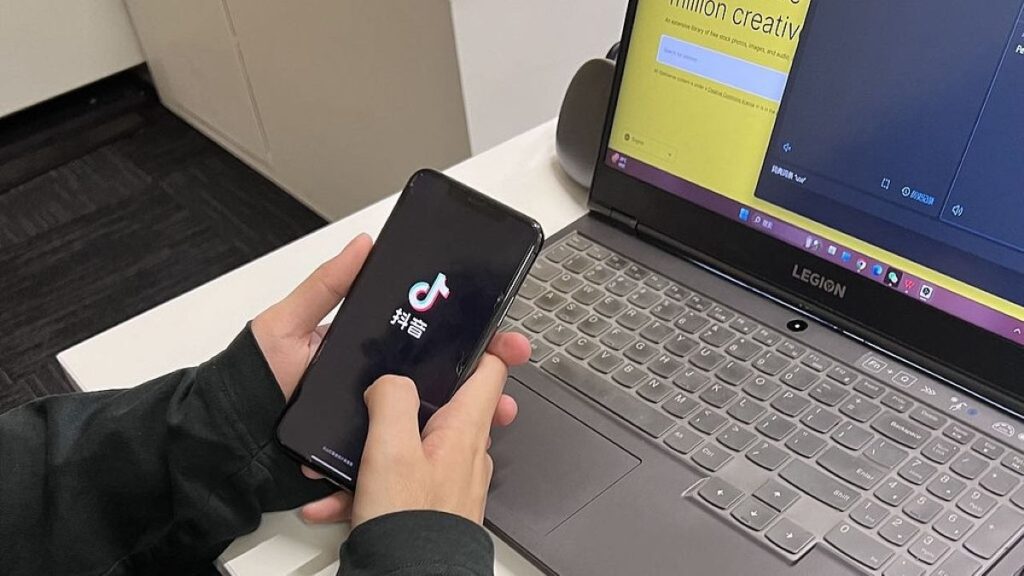
On Chinese platforms like Xiaohongshu, ads openly promote origin “washing” services.
One post reads: “Transit through Malaysia to ‘transform’ into Southeast Asian goods!” Another offers smooth U.S. customs clearance for products like cutlery and flooring rebranded in Malaysia.
These services are offered for as little as 5 RMB (about $0.70) per kilogram.
Third Countries Are Feeling the Pressure

Countries used as transshipment points are becoming wary.
South Korea’s customs agency reported intercepting over $21 million worth of goods with falsified origins, mostly Chinese, headed for the U.S.
Thailand has also stepped up inspections, aiming to prevent its ports from becoming hubs for tariff evasion.
The Mechanics of the Scheme
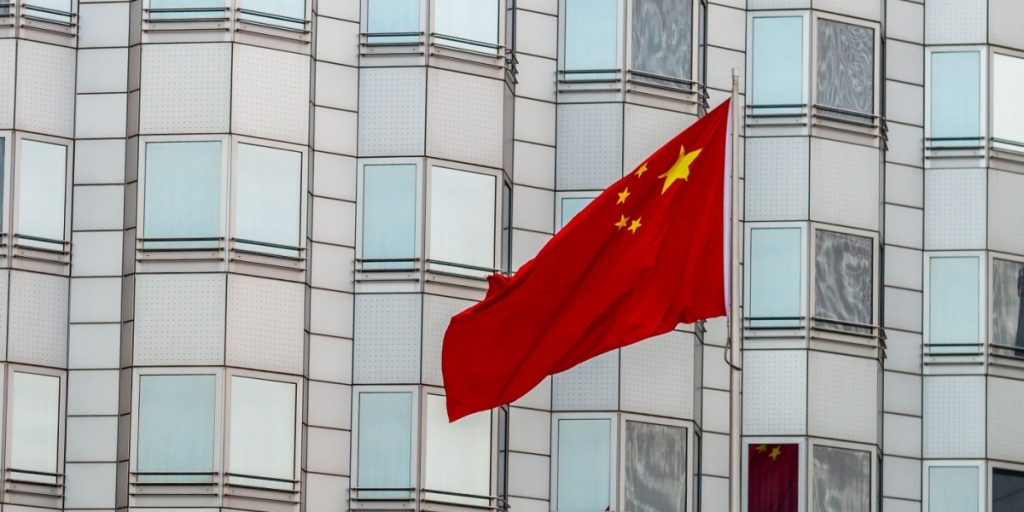
Exporters send products to regional ports like Guangzhou or Shenzhen, from where they are shipped to locations like Port Klang in Malaysia.
There, the goods are unloaded, relabeled, and mixed with locally sourced items.
Malaysian factories even issue fresh certificates of origin, giving the shipments an air of legitimacy.
Legal Gray Zones Exploited
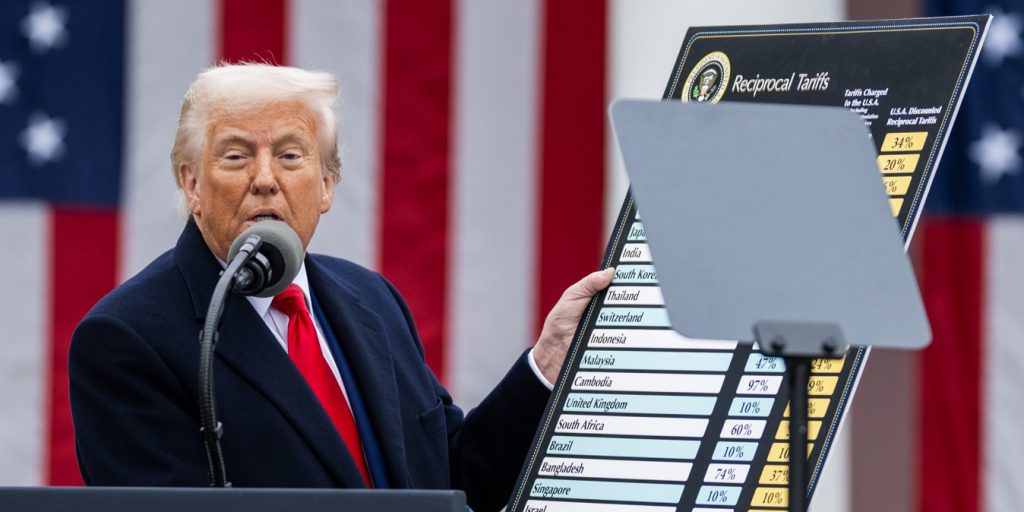
U.S. trade laws permit imports from countries that perform “substantial transformation” on goods, meaning significant processing or value addition.
But many of these laundering schemes provide only superficial repackaging, falling into legal gray zones that are hard to police without extensive investigation.
Malaysia Responds to Allegations
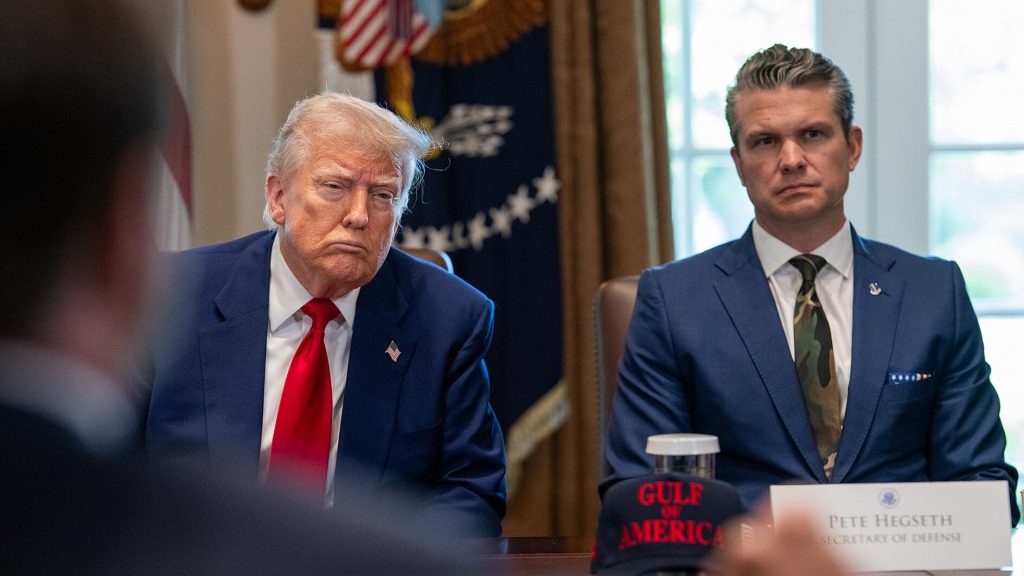
Malaysia’s Ministry of Trade released a firm statement after the reports, reaffirming its commitment to global trade norms.
The country pledged to crack down on fraudulent declarations, warning that attempts to misrepresent the value or origin of goods are a “serious offence.”
Exporters Weigh Risk Against Survival
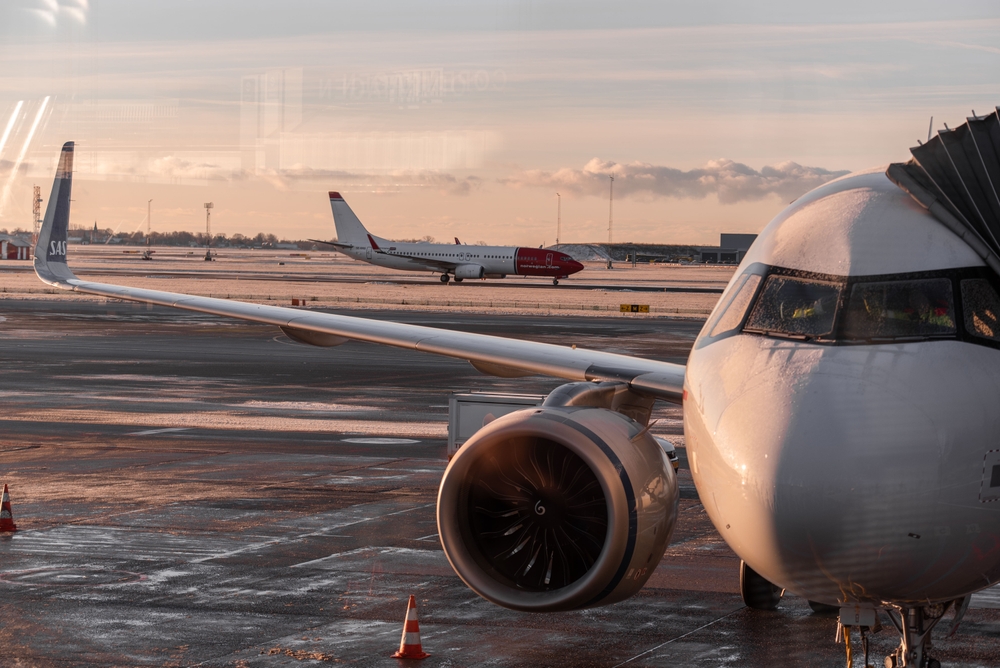
Chinese exporters, particularly small and medium-sized businesses, see this tactic as a lifeline.
“The tariff is too high,” admitted a salesperson at Baitai Lighting. “But if we go through neighboring countries, it comes down.”
Many say the U.S. market is too vital to lose, justifying the risks involved.
What U.S. Importers Are Saying
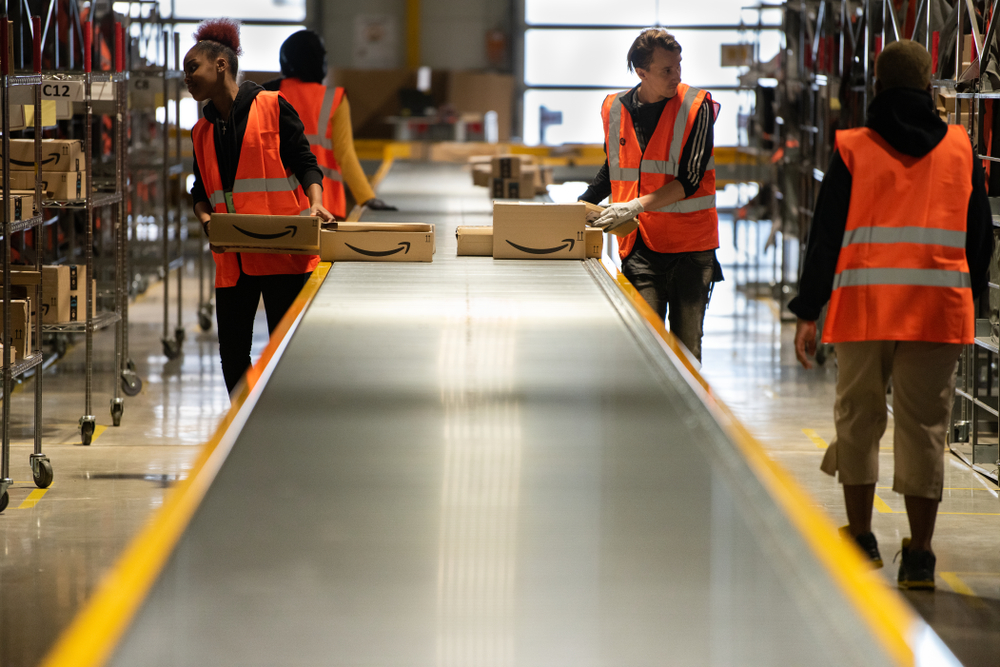
Some U.S.-based importers are sounding the alarm.
An Amazon seller executive reported seeing altered shipment origins and warned of increasing scrutiny from U.S.
Customs. If caught, such imports risk seizure and penalties, a growing concern in an already volatile trade climate.
Experts say origin laundering is one of two key avoidance strategies.
The other involves blending high-cost goods with low-value items to disguise the shipment’s total worth, another subtle way to lower the tariff burden while keeping shipments flowing across borders.

